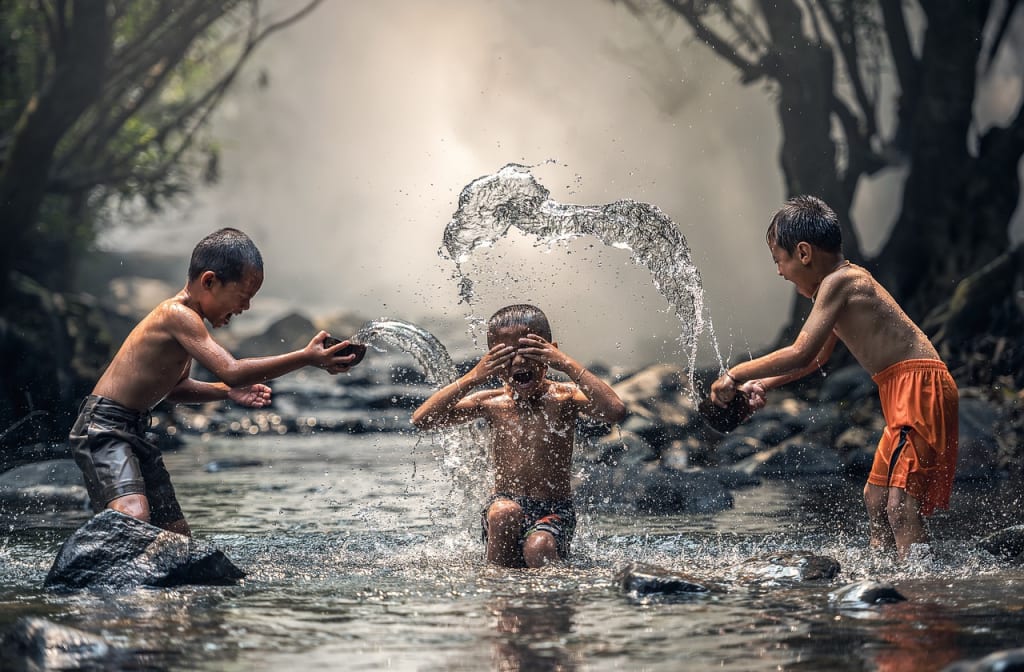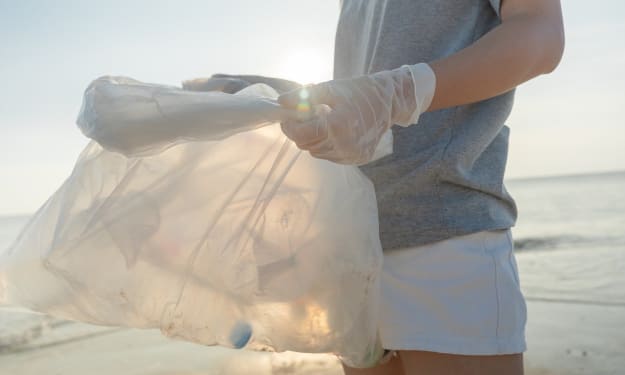How the water you flush becomes the water you drink
the wasting of finite resources is everyone's business

In 2003, the National Water Authority of Singapore launched an unprecedented project. They plan to use the two new facilities to provide more than 50% of the country's water supply through wastewater recycling. Yes, we mean wastewater. Although this may seem like a foolish decision, the project has been in the works for ten years to ensure that the island does not run out of fresh water. Today, as the frequency and duration of droughts increase around the world, more and more regions are affected by this problem. But is it worth reusing the things you flush down the toilet? To answer this question, we need to know exactly what is in this alcoholic drink. There are many types of wastewater, but the three main types are: gray water, used for sinks, showers, and laundry; yellow fluid, containing only urine; and black water, affected by the tide. Globally, we produce enough wastewater every day to fill 400,000 Olympic-sized swimming pools. In cities and towns that have sewer systems, this wastewater flows into underground pipes that are not filled with sewage.
An average of 4,000 liters of wastewater contains only one liter of solids. But waste is full of harmful pollutants, including billions of pathogens and microorganisms, chemicals, and many organic nutrients that can contaminate rivers and lakes. So even if we don't intend to drink the mixture, we still need to wash it; that's why sewage systems lead to wastewater treatment plants. Most plants remove major contaminants such as dirt, pathogens, and excess nitrogen from the treated water. There are many biological, chemical and physical interventions. Some of the important ones are sedimentation tanks that remove large particles, bioreactor tanks where microorganisms consume unwanted materials, and chemical disinfection methods to kill pathogens. After this process, wastewater in the United States is cleaner than most natural waters and can be safely discharged into rivers and lakes. If we plan to reuse the water for non-drinking purposes, such as watering or washing cars, we need to refrigerate it to prevent the growth of bacteria during storage. However, if we want to drink clean, we have to do it again.
Common methods include microfiltration, which filters small particles and larger micro-particles using sand with a pore size of a hundredths of a meter. After that, the water passes through a better reverse osmosis membrane, which can remove particles as small as a billion meters. This membrane is relatively permeable, allowing water to flow through but blocking things like salt, viruses, and unwanted substances. After this stage, a UV lamp is put into the water, which emits radiation that is very harmful to the genetic material of the remaining life forms. UV light therapy is sometimes combined with other treatment methods using chemicals such as hydrogen peroxide to treat various types of microbes and parasites. At this point, the treated wastewater should be tested. If it passes, the water can safely enter regular drinking water pipes and undergo standard treatment procedures before entering the municipal water supply. This method is called direct drinking water reuse, but although it is very healthy, there are still some concerns about this direct system.
Instead, most places choose to reuse drinking water, by discharging the wastewater into natural reservoirs such as reservoirs, lakes, wetlands, or groundwater. After some time in this environment, chemical residues from the processing process will disperse and decompose. The water can be taken and put into drinking water pipes. Drinking water reuse is a practice that is used in Singapore and has become popular in arid areas of the United States. However, this system can only be implemented in areas with a sewage system and infrastructure to pump water to people's homes. This means that communities cannot be helped to overcome their most serious health problems, and access to clean water is difficult. Researchers are working on small technologies to turn waste into drinking water on site. But in the long run, helping these communities requires taking a hard look at the water we're wasting.
About the Creator
Rowan Sharkawy
someone who love to know anything & share it with every one
welcome to my profile






Comments
There are no comments for this story
Be the first to respond and start the conversation.